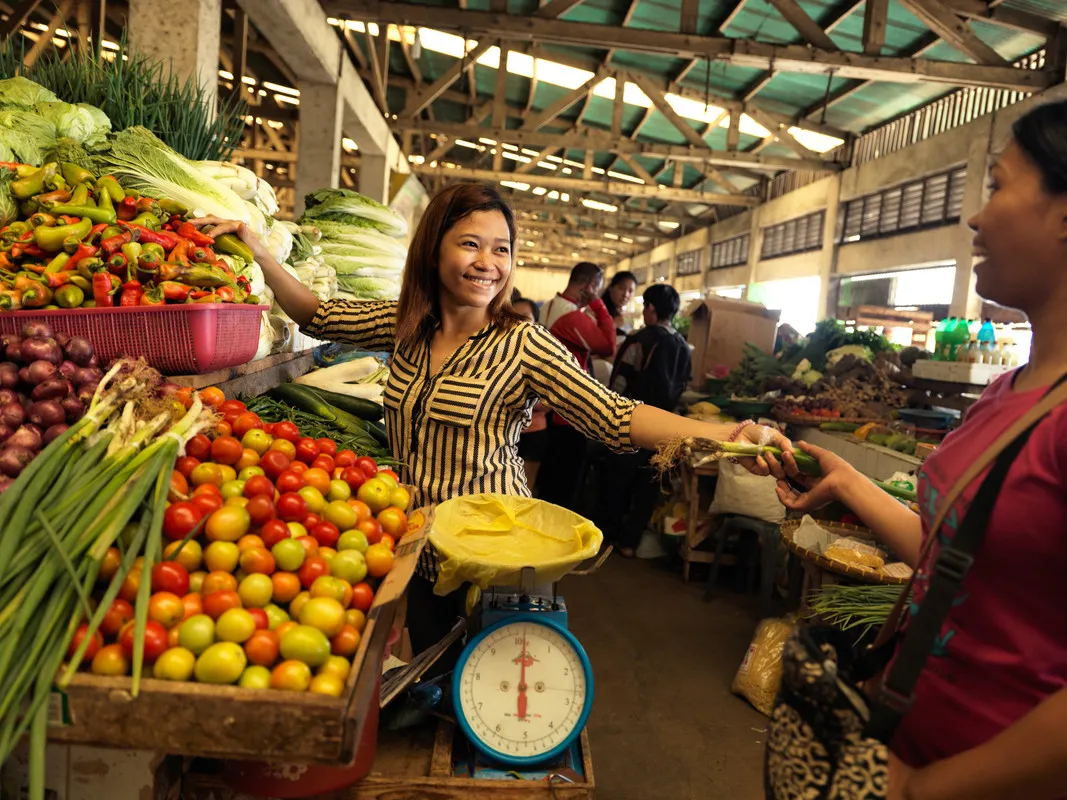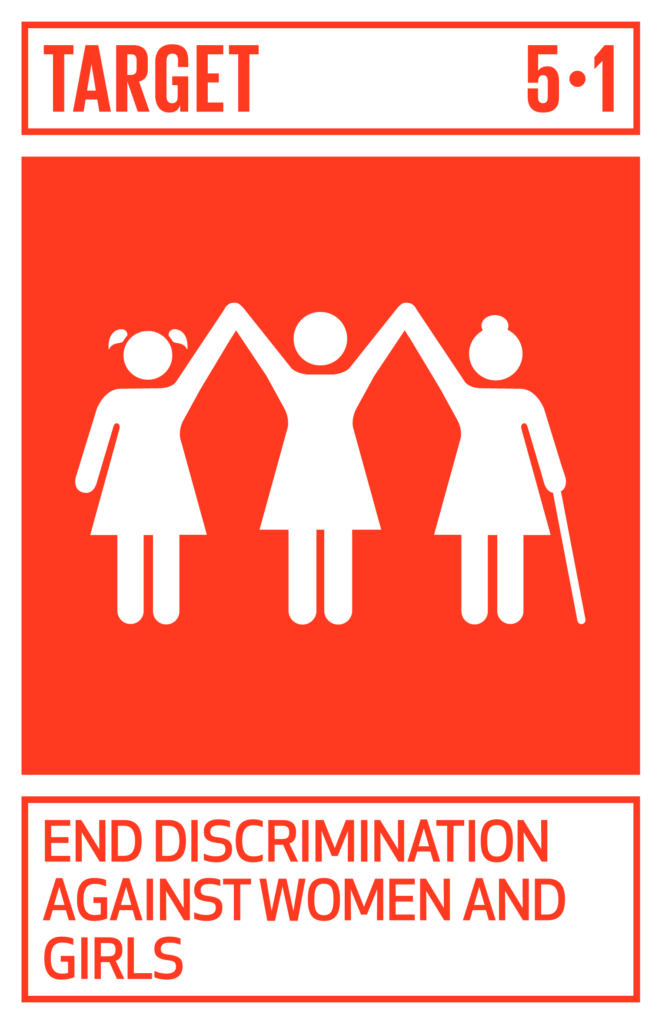 End all forms of discrimination against women and girls everywhere.
End all forms of discrimination against women and girls everywhere.
This target can feel like a big task but each of us and our organizations can make small decisions that end gender discrimination.
What you can do “in the supply chain” to end discrimination against all women and girls:
- Develop an inclusive supply chain
Do you have an inclusive supply chain? Establish policies and practices to promote economic inclusion when selecting suppliers. For example, seek out and solicit (1) suppliers owned by women; (2) suppliers owned or staffed by members of vulnerable, marginalized or underrepresented social groups; and (3) small and medium-sized suppliers. - Examine your supply chain
Determine where men and women are participating in your supply chain (and where they are getting compensated or not for that participation). Build metrics into highest-level dashboards to examine equality in the supply chain. - Measure and react to supplier gender data
- How many women you work with directly in your supply chain;
- How many women smallholders you work with; and
- How many women work in your commodity classes.
- Provide support to women in your supply chain
Provide gender-sensitive assistance to women smallholders and producers in their supply chain. - Require inclusive policies from suppliers
Require suppliers to have a non-discrimination and equal opportunity policy.- Conduct supplier surveys to get a better understanding of who you are working with.
- While this is important in any location, it can have an outsized positive impact in rural areas where there is less economic opportunity than in cities. Please see the recommendations in this report for “In the Supply Chain” for more detailed suggestions.
- Act from the Top
Senior leaders should publicly launch and support procurement and purchasing policies that minimize/reduce/do no harm in buying practices with vendors and suppliers. - Advocacy
Support your company’s advocacy for gender equality laws and initiatives including but not limited to:- Expanding the definition of discrimination against women
- Equal pay for work of equal value
- Work prohibitions
- Family leave
- Inheritance/property
- Nationality
- Human and labor rights in trade policy
- Marriage and divorce
- Violence against women
- Quotas
- Pensions
- Legal capacity
Case Studies
 Mars
Mars
Mars recognized that its advertising and marketing reach could be a force for gender equality. To that end, the company has worked to remove gender bias and negative stereotypes in its advertising by becoming a founding member of the UN Women’s Unstereotype Alliance and increasing access to opportunity by mandating that agency bids include a female director. Additionally, Mars annually reviews its advertising to identify and reduce gender bias in partnership with the Geena Davis Institute on Gender in Media. The company is using these insights to track and improve its performance.
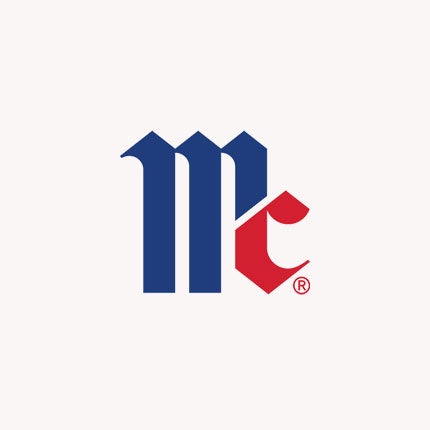 McCormick
McCormick
McCormick & Company, a global leader in flavor, launched their Purpose-led Performance (PLP) sustainability strategy in 2017 with a commitment to improving the lives of people, communities, and the planet, but more specifically, the Company aims to increase the resilience of farmers, including women, across their global supply chains. To achieve this, McCormick partnered with CARE to (1) diagnose the roles that women played in their supply-chains; the challenges they face, and the risks these pose to resilience; (2) design a global framework to increase resilience and achieve its PLP goals, including increasing the resilience of women in their supply-chain; (3) deliver programming that supports communities, including in COVID-19 response; and (4) document the impact of this work so that McCormick can make strategic business decisions around resources and understand what is improving, where and how. Through a deep dive into McCormick’s supply chain, CARE developed a dashboard that allows McCormick to clearly see the risks that women face, and make effective resource-allocation decisions accordingly, that deliver on their PLP goals.
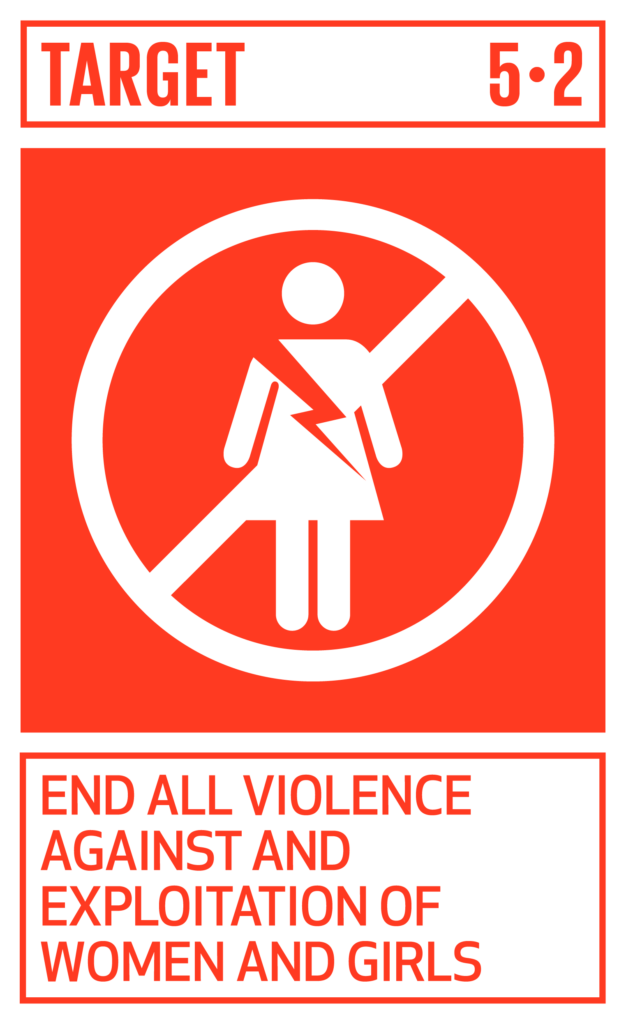 End all violence against and exploitation of women and girls.
End all violence against and exploitation of women and girls.
Keeping everyone safe and free from gender violence is fundamental to a healthy society and workplace. You can play a major role in ensuring your suppliers are oriented to end harassment, violence, and exploitation of women and girls.
What you can do “in the supply chain” to end harassment, violence, and exploitation of women and girls:
- Work with suppliers who take this issue seriously
Only work with suppliers who have an explicit policy of zero tolerance towards gender-based violence and harassment. Ask for their policy and review it to ensure it meets the standards of your own company’s.- Ensure suppliers’ policies have a confidential complaint procedure
- Ensure suppliers’ policies have zero tolerance towards gender-based violence and harassment.
- Strengthen your own supplier policy
- Does your company have a workplace harassment (including sexual harassment) policy that extends to your supply chain?
- Does your company have a system to promote compliance of its workplace harassment policy/code along your value chain?
- Do all the major employers along the value chain have a policy/code on workplace harassment (including sexual harassment)?
- Collect data from and regarding suppliers
- Request and keep track of how many reported incidents of gender-based violence occurring in and around the workplace (e.g., sexual harassment, violence while traveling to workplace, alcohol-related violence, etc.).
- Monitor how many are related to specific suppliers.
- Keep track of how many suppliers have actual and potential negative harassment incidents.
- Keep track of how many supplier incidents resulted in agreed-upon improvements.
- Request and keep track of how many reported incidents of gender-based violence occurring in and around the workplace (e.g., sexual harassment, violence while traveling to workplace, alcohol-related violence, etc.).
- Work with suppliers to share best practices and develop and conduct training.
- Training should be conducted regularly, contextualized to the organization. However, reaching everyone does not mean everyone gets the same intervention. Vary training for different communities and groups to ensure relevance across diverse populations. For example, men-only programs may promote honest and reflective discussion among men that challenge socially constructed views of masculinity.
- Develop materials and messages in consultation with local violence-against-women service providers. Training should be provided by trainers who are content experts, authentic, and empathetic. For example, the gender of a trainer may be important to create an environment where people are able to participate freely. In design, training should be intensive and provide opportunities for continued engagement, such that participants can address underlying attitudes and build new norms and behaviors. Training that is interactive and participatory can support new norms and shared meanings, while changing attitudes, values, skills, and new ways of relating.
- Support the formation of community solidarity groups in factories and fields where you work.
- Work with suppliers to promote career progression for women in supplier factories
- Ensure suppliers’ harassment and violence policies include the following principles:
- Allow for a flexible complaints process – Employees should be able to submit complaints through a number of channels at any time of day.
- Confidentiality – The identity and identifying information will be kept confidential and private unless otherwise voluntarily agreed
- Ensure Consent – The individual’s informed consent is voluntarily obtained before any action is taken
- Do no harm – Take appropriate measures to secure immediate safety and refrain from actions which may result in future harm including in training and communications
- Adopt a victim and survivor centered approach – Recognize that the rights, needs and wishes of victims, survivors or complainants are to be placed at the center of action and for these individuals or groups to be treated with dignity and respect
- Ensure equal treatment – Refrain from discriminating on the basis of gender, sexual orientation, age, ethnicity, ability, migrant status, contractual status, marital status, education status or otherwise
- Advance policy and future interventions – Draw from the findings and lessons from cases of sexual harassment to raise awareness and to inform future preventive and response measures
- Deliver a timely resolution
- Issue fair sanctions and discipline
For additional reference:
Gender-based violence in global supply chains – A resource kit from the ILO International Training Centre and the Fair Wear Foundation. Read more
For more on CARE’s “Made by Women” initiative to improved practices in global supply chains, please read more on our website.
For a practical guide to gender equality in garment supply chains, please visit this CARE/PwC/VIKKE report.
CARE partnered with Business Fights Poverty to help develop this toolkit for how business can address gender-based violence. Read more
Case Study
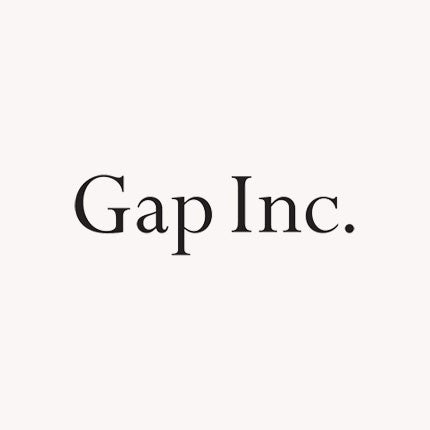 Gap Inc.
Gap Inc.
Women, who comprise the majority of the global garment workforce, face challenges in the workplace, especially regarding harassment. Over the years, Gap Inc. has conducted regular assessments of the facilities with which it works and have found serious violations related to gender-based discrimination and harassment. These issues require all relevant stakeholders in the garment industry to invest more time and resources to address.
To do its part, in 2018, Gap Inc.’s Supplier Sustainability team worked with its suppliers in India. The team helped suppliers build an environment where they clearly define and implement policies on Prevention of Sexual Harassment (POSH) and create an Internal Complaints Committee, both of which are required under local law. Gap, Inc.’s aim was to help its suppliers raise awareness about this issue and the rights and responsibilities of male and female employees, including managers. By the end of 2019, Gap, Inc. had conducted training for more than 500 facilities in its global supply chain—about 70% of all facilities. To review progress, Gap Inc. assessments include components on POSH and determining areas for improvement, if needed, within a remediation plan.
Looking ahead, Gap Inc. will build on this program to focus on women’s empowerment, which it will link to Empower@Work, a collaborative effort with BSR HERproject, ILO Better Work, CARE, ICRW and Walmart. It aims to use common curriculum and best practices to advance women’s empowerment and gender equity in global supply chains. Gap, Inc. has continued to evolve its efforts based on its learnings. Specifically, the company expanded these trainings to address gender-based discrimination and harassment in Bangladesh, Cambodia, China, El Salvador, Guatemala, Haiti, Honduras, Indonesia, Jordan, Nicaragua and Vietnam.
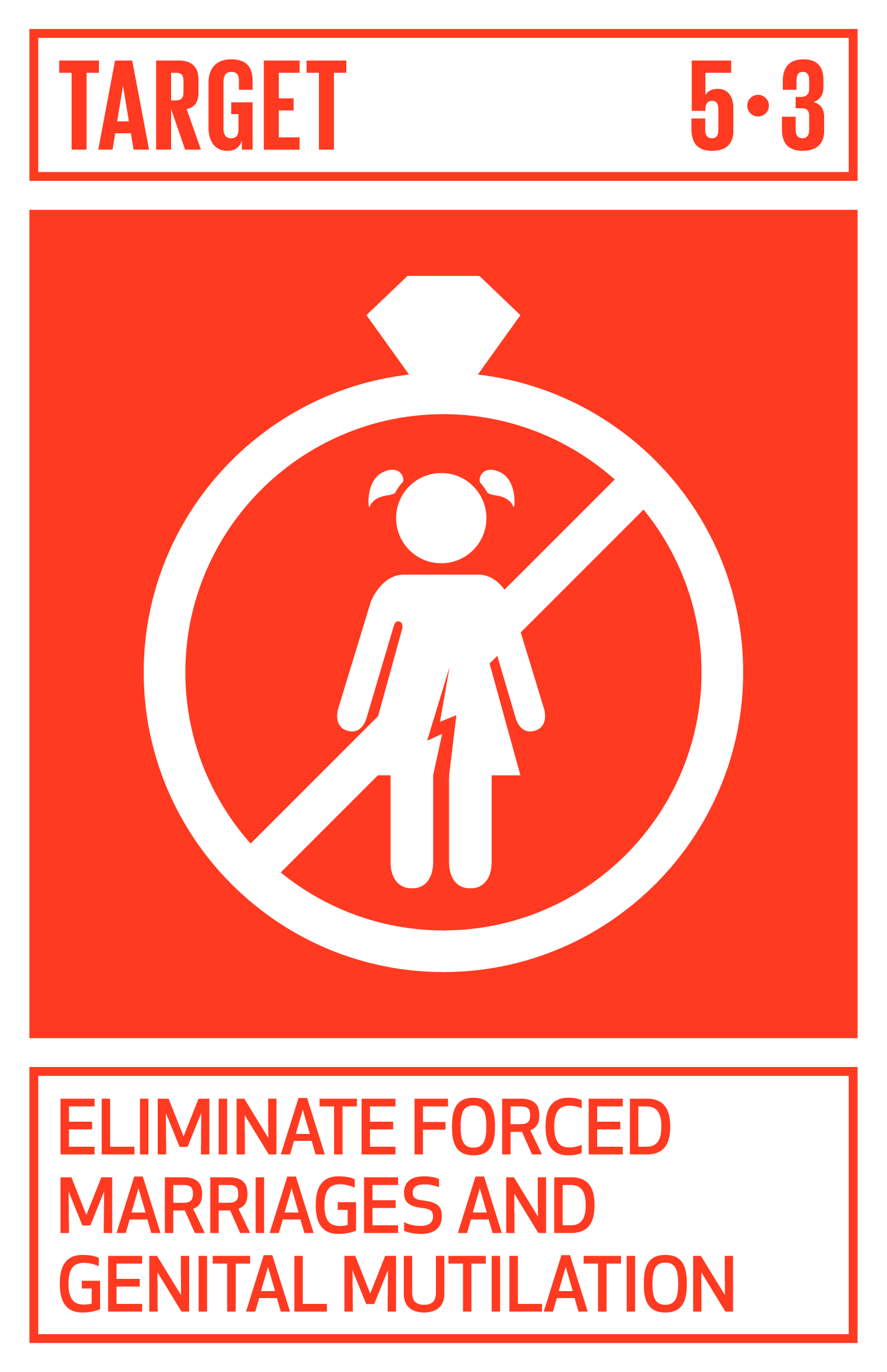 Eliminate all harmful practices, such as child, early and forced marriage and female genital mutilation.
Eliminate all harmful practices, such as child, early and forced marriage and female genital mutilation.
While your day-to-day work may not lend itself to addressing the issue of forced marriages and genital mutilation, companies can and should play a role in changing harmful practices that disadvantage and hurt women and girls.
What you can do “in the supply chain” to eliminate harmful practices:
- Follow your company’s gender equity and non-discrimination guidelines concerning sexual harassment and abuse.
- Work with your company’s and your supplier’s advocacy teams to develop strategies for changes to national and local laws to eliminate harmful practices.
- Host workshops for employees and suppliers on why certain practices are harmful. To ensure any efforts are productive and well-designed, CARE recommends working with expert organizations (typically, non-profits) to identify the proper methodology and build capacities in your company and/or deliver programming.
Case Study
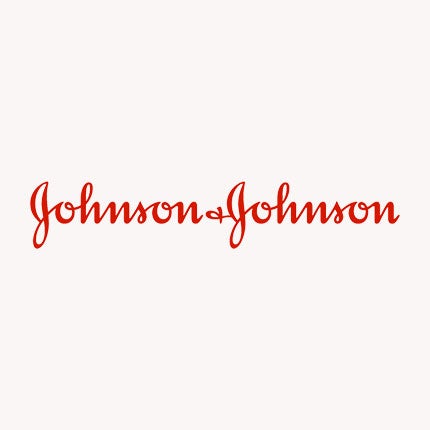 Johnson & Johnson
Johnson & Johnson
In Ethiopia’s Amhara, where rates of child, early and forced marriage are high, Johnson & Johnson implemented Towards Improved Economic and Sexual Reproductive Health Outcomes for Adolescent Girls in Ethiopia (TESFA) to address the economic rights and sexual and reproductive health of ever-married girls. Between 2015-2018, CARE worked with married adolescent girls and developed tested approaches to support positive changes in their lives. TESFA scaled up geographically, reaching 2,124 ever-married girls in 12 kebeles across the woredas of Farta and Gunabegemider. This project has been critical in replicating and geographically scaling a proven program model to improving girls’ sexual reproductive health and economic empowerment, and has advanced innovations in measuring social norms.
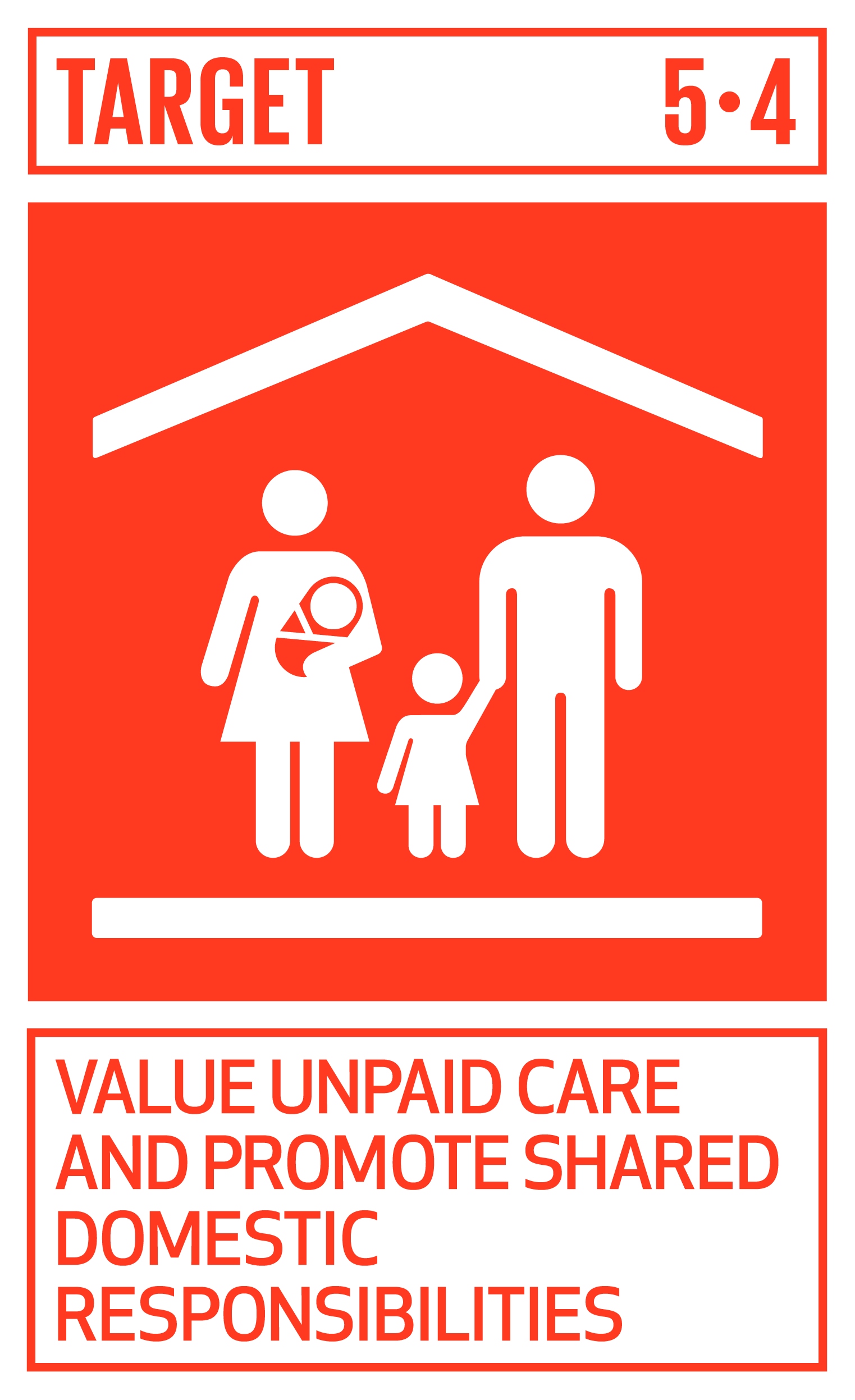 Value unpaid care and promote shared domestic responsibilities.
Value unpaid care and promote shared domestic responsibilities.
Unpaid care is a significant barrier to women’s participation in economic activity because they do most unpaid caretaking and domestic labor (e.g., cooking, cleaning, shopping for home, etc.). Globally, women spend over three times more time doing unpaid work and care than men. When women also carry a paying job, they bear a double burden.
Companies, and their suppliers, can and should play a significant role in valuing unpaid care, providing flexibility and space for employees, and changing social norms about caretaking. Doing so creates stronger supply chains and better business outcomes.
For systemic change, government, business, and civil society need to do their part to complete the “5 Rs”:
- Recognition of care work as productive, which adds value to the economy and society;
- Reduction of total hours spent on unpaid services;
- Redistribution at the household level, while shifting responsibility to governments and employers; and
- Representation of the most marginalized caregivers in decisions on and design of care policies, services and systems.
- Reward through decent working conditions and equal pay for work of equal value, so as to protect a workforce largely made up of women.
Companies can value and support caretaking through Nos 1, 2, and 5: Recognition, Reduction, and Reward.
What you can do “in the supply chain” to value unpaid care and promote share domestic responsibilities:
- Provide childcare
Create day care and other childcare spaces in near the fields and in company facilities. Require your major suppliers to do the same or collaborate with you to provide childcare.- If your suppliers cannot provide childcare directly, ask them to subsidize childcare offsite.
- Provide easy access to breaks for breast-feeding mothers
Require that suppliers provide easy access to breaks for breastfeeding in a private space enables for working mothers to step away without worrying about retribution. - Encourage suppliers to allow family-friendly flexible work
Ask suppliers to implement and encourage flexible working arrangements:- Different work hours and work days;
- Allowing for remote meeting participation where possible;
- Onsite nursing facilities;
- Allowing specific days per month for workers to attend doctor’s appointments; and
- Extend flexible working benefits to allow for caretaking to part-time and temporary workers.
- Push suppliers to ask women to shape their policies
Ensure women’s leadership in and equal contributions to designing, implementing and evaluating policies related to childcare, work schedules, etc. - Engage men
Institute workshops and programs that promote equal responsibilities and engage men and boys. Many men are unaware that everyone benefits when they share domestic and care responsibilities.- To ensure any efforts to engage men are productive and well-designed, CARE recommends working with expert organizations (typically, non-profits) to identify the proper methodology and build capacities in your company and/or deliver programming.
- For additional detail, visit CARE Insights
- For an example of a successful collaboration to engage men toward gender equality, please visit the MenEngage Alliance
- Change social norms
Promote the equitable responsibility for care between women and men through advertising campaigns and flexible work schedules.
Additional resources include the following:
- Oxfam/Unilever’s Business Briefing on Unpaid Care and Domestic Work: Why unpaid care by women and girls matters to business, and how companies can address it Read more
- Work and Opportunities for Women Read more
Case Studies
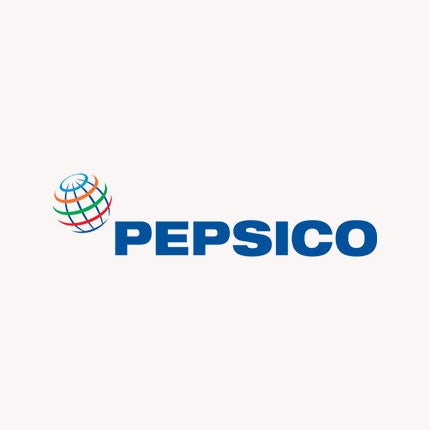 PepsiCo
PepsiCo
PepsiCo has implemented a number of programs to support mothers and caretakers at all levels of the company. These initiatives included:
- Providing on-site childcare at PepsiCo’s New York headquarters and near-site childcare at PepsiCo Foods North America headquarters in Texas. The company also provides on-site or near-site childcare at international locations, including Mexico, India, Egypt, and Pakistan.
- In more than half of company locations worldwide with 500 or more employees, the company has either dedicated mother’s rooms, wellness rooms, or alternate space available for nursing mothers and the company is actively working to expand the number of PepsiCo locations with facilities for nursing mothers in the coming years.
- Making available back-up child and elder care services are available through third party providers when a regular care provider is unavailable.
- Launching “Ready to Return” in 2017 in New York for professionals who are re-entering the workforce after taking time off to care for a loved one. Ready to Return is a 10-week paid program designed for experienced professionals who have been out of the corporate workforce for more than two years and are looking to return. To help ease the transition, participants are provided with mentoring and coaching support, training to refresh skills and formal and informal networking opportunities with PepsiCo employees. In 2018, Ready to Return was expanded to Latin America, and now includes Brazil, Chile, and Mexico. This program is a demonstration of PepsiCo’s support for working caregivers in our communities around the world and a means to build the female talent pool at PepsiCo.
- Expanding parental leave in the U.S., starting in 2021, to be 6-8 weeks for mothers and 6 weeks for parents — a total of 12-14 weeks.
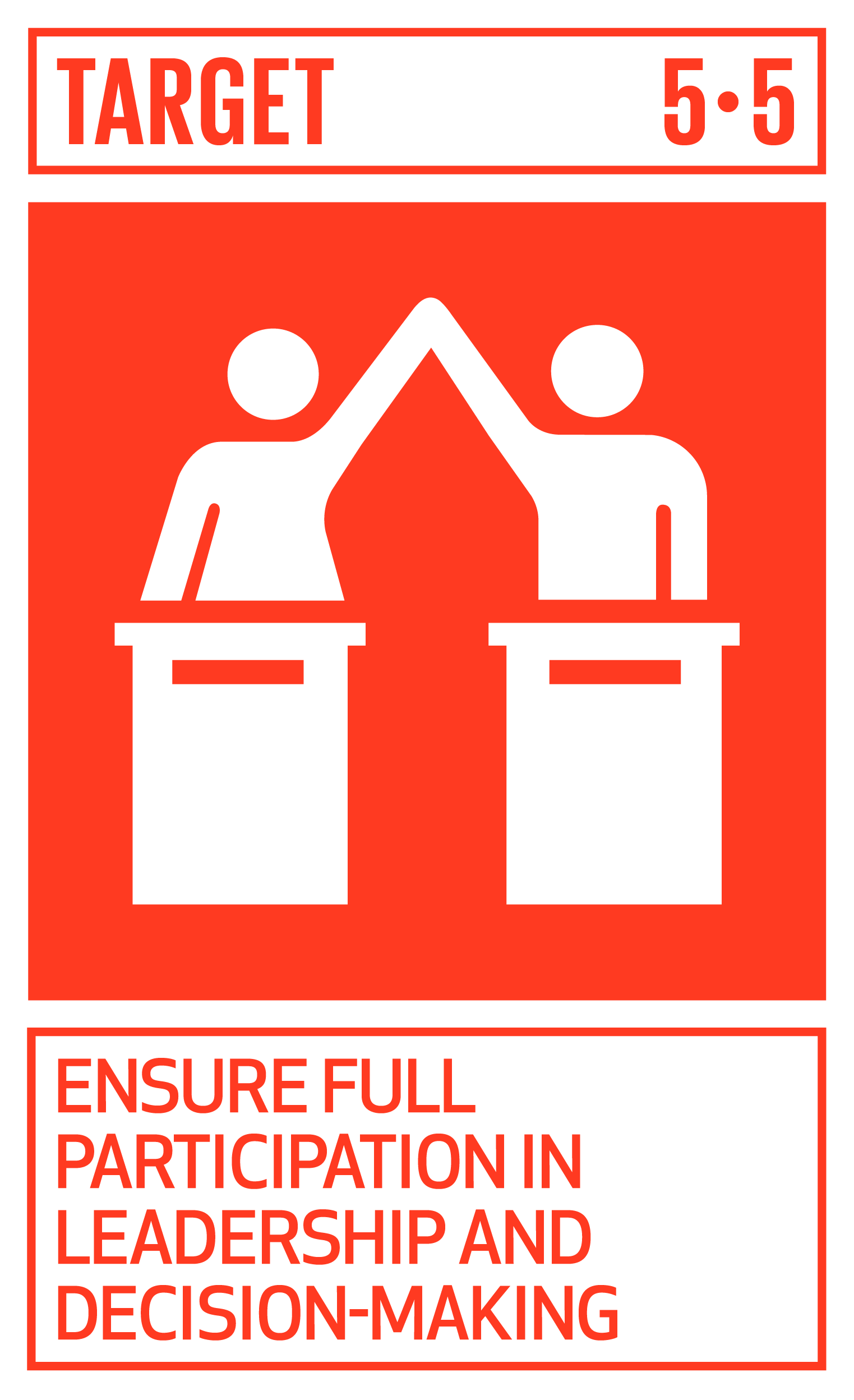 Ensure full participation in leadership and decision-making.
Ensure full participation in leadership and decision-making.
When women lead, outcomes are often better than when women are not in decision-making roles. One of the key indicators for this target is the percentage of companies in any given country with a female as the top manager, and the share of middle or senior management positions filled by a female. Here, companies play a central role in achieving gender equality.
What you can do “in the supply chain” to ensure full participation in leadership and decision-making:
- Ensure suppliers hire equal
Ensure your suppliers have gender-equal hiring practices. - Monitor supplier gender ratio
Monitor suppliers for how many women are represented in management positions, skilled (non-management) positions, and unskilled positions. Ask for this data and develop supplier policies around ideal target numbers. - Ask how suppliers train and promote women
Do your suppliers look for every opportunity to train for and promote women to leadership positions. - Ask how suppliers give voice and connect women to leaders
Inquire with suppliers about how they empower women to speak up about unequal treatment without fear of or actual retribution. Ask if your suppliers support worker-based committees and spaces for women leaders to connect with and influence decision-makers - Partner with gender equal entities
If your company has business relationships with local cooperatives or associations, consider working only with those that have a significant proportion of women representatives in leadership positions and women members in farmers’ cooperatives and/or association. - Engage in the community
Look for ways to influence positive gender outcomes in the communities where your company works. This may include partnering with local non-profits and engaging family members of your employees. Efforts to build women’s skills, capabilities, and access to resources so they are better enabled to make decisions, both productive decisions and household decisions, and fully participate in economic activity, are vital to increasing the number of women in leadership roles.
Case Studies
 Cargill
Cargill
For the last 12 years, Cargill and CARE have been partnering on the Nourishing the Future program to support smallholder producers across the region for over a decade, with Cargill bringing knowledge of markets, supply chains, best practices in agricultural production and food safety to build on CARE’s expertise of building strong resilient communities through multiple sets of interventions, taking a holistic approach to address the challenges these communities face. In this work, Cargill and CARE have focused on ensuring women producers are included and are able to make their own decisions to improve productivity and market access.
CARE has also been creating groups of women promoters to act as a change agents by transferring their knowledge to other women and men. During the last year, including these last few months of the pandemic, Cargill supported CARE to continue training for these producer groups through employing virtual tools and working to ensure that women were able to access these tools. The Nourishing the Future program is also enabling women to become members and leaders of Farmer Business Organizations, helping them to be part of decision-making processes and empowering them in their farming businesses.
Cargill’s work has enabled strong market linkages for agricultural communities, including integration of producers into its grain supply chains. It has also improved agricultural production through its comprehensive farmer field school training curriculum. Lastly, Cargill worked with communities to build women’s skills, capabilities, and access to resources so they are better enabled to make decisions, both productive decisions and household decisions, and fully participate in economic activity. These interventions together have led to more equal household decision-making, improved nutrition, increased incomes, enhanced agricultural production, and stronger market connections. Between 2008-2020, CARE and Cargill reached 689,357 women in Central America through our Nourishing the Future programming (67,341 directly and 622,016 indirectly).
 McCormick
McCormick
McCormick & Co., a global flavor company, launched their Purpose Led Performance (PLP) sustainability strategy in 2017. One of the primary goals is to champion equity and diversity throughout the company and its global supply chains. To achieve this, McCormick partnered with CARE to:
- Diagnose the challenges that women face and the risks these pose to resilience;
- Design a global framework for McCormick to achieve its PLP goals and ensure that these address the specific roles of women in supply-chains;
- Deliver programming that supports communities, including in COVID-19 response; and
- Document the impact of this work so that McCormick can make strategic business decisions around resources and understand what is improving, where and how.
Through a deep dive into McCormick’s supply chain, CARE developed a gender dashboard for each country McCormick operates in so that the company could make the best resource and strategy decisions toward gender equality and company performance goals.
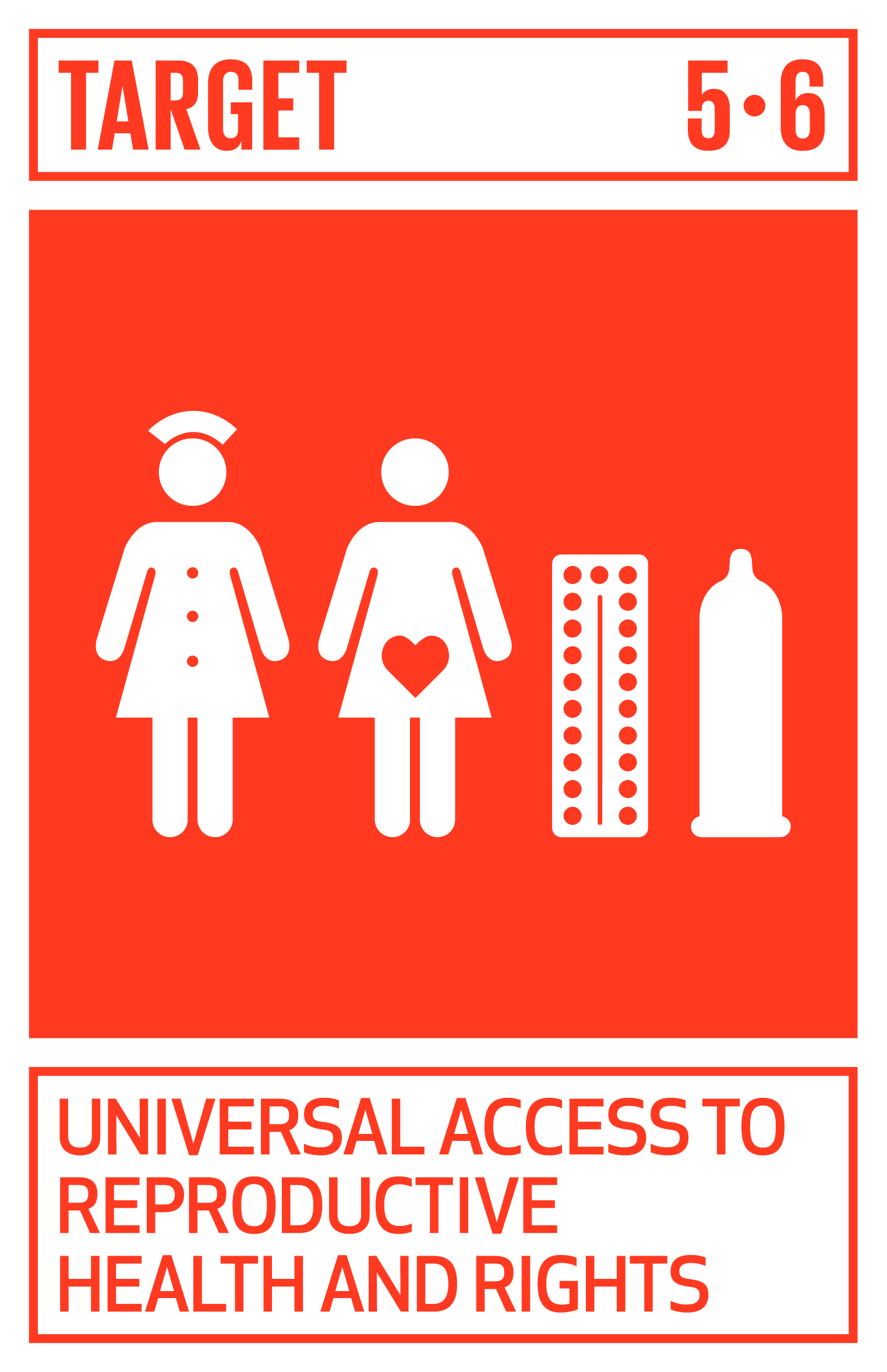 Universal access to reproductive rights and health.
Universal access to reproductive rights and health.
When women control their own health care decisions, including reproductive health decisions, and have access to health care, their ability to thrive, at work and at home, increases.
Companies and their suppliers play an important role in providing the benefit of access to care in many countries and in promoting the norms that allow for accessible reproductive care.
What you can do “in the supply chain” to provide universal access to reproductive rights and health:
- Set the tone with suppliers
Make it clear to suppliers that you expect them to support women’s access to healthcare including:- Encouraging women take the time to go to the doctor and to care for their health;
- Providing benefits that cover reproductive health services;
- Publicly celebrating and encouraging health through workplace programs and expertise to reach women with needed information and services; and
- Access to basic health information can be difficult to find, especially for women. Work with your suppliers to help connect their workers to information on family planning, menstrual hygiene, nutrition, and pre-natal care.
- Advocate
Where legal change is necessary, work with your company’s advocacy team to ensure the law empowers women to make their own informed decisions about their reproductive and physical health, including, for example: determining whether to have sexual intercourse with their husband or partner; deciding on use of contraception; and deciding on their own healthcare.
Case Studies
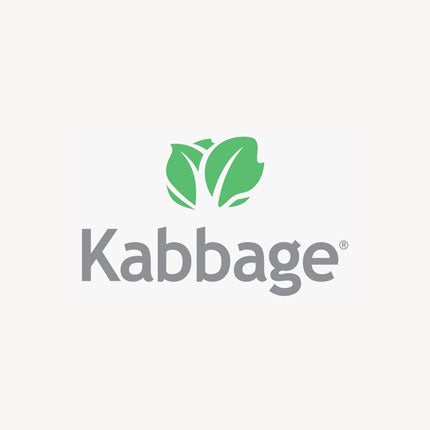 Kabbage
Kabbage
Kabbage offers all of its employees free healthcare, including reproductive health services.
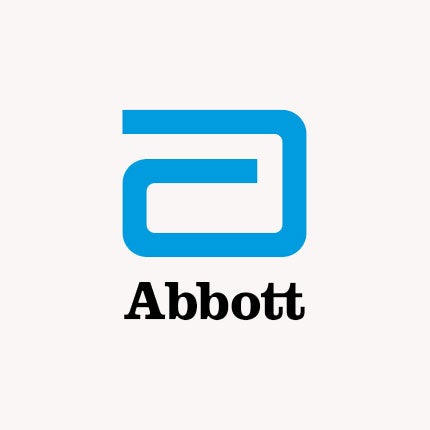 Abbott
Abbott
NCDs in Humanitarian Crises
According to the United Nations, more than 80 million people today are displaced from their homes by conflict, natural disasters and other emergencies.
In response, governments, organizations and companies have focused on meeting urgent needs for food, water and shelter. But for many people, particularly in the aftermath of crisis, basic needs include uninterrupted care and management of chronic diseases – also known as noncommunicable diseases, or NCDs, such as diabetes and cardiovascular disease. Despite this, chronic diseases often don’t receive enough attention in these humanitarian settings, according to the World Health Organization.
Working together with CARE, the global healthcare company Abbott and its foundation the Abbott Fund launched one of the world’s first programs aimed at filling this gap – creating a new model, both scalable and replicable, for the effective prevention and care of NCDs in challenging settings around the world.
The three-year program in Marawi City, Philippines is focused on supporting internally displaced people affected by diabetes, hypertension and obesity. Program work includes screening to identify people with NCDs and those at risk of developing NCDs, and expanding access to needed clinical care.
A key focus for the program is mobilizing displaced communities to fill gaps in prevention and care, with an emphasis on empowering women. With an in-depth understanding of the needs of their neighbors, women volunteers lead “NCD Clubs” to advance disease prevention and management, and provide vital peer support. The program also strengthens the ability of local healthcare systems to manage NCDs, and raises awareness and educates on the prevention and control of NCDs.
Initial results are promising. Baseline screening found that more than half (59%) of people identified as diabetic were previously undiagnosed. And following targeted interventions, 46% of diabetic and pre-diabetic patients saw a decrease in average blood glucose (HbA1c) levels, which is an indicator of better glucose control and lower risk of complications.
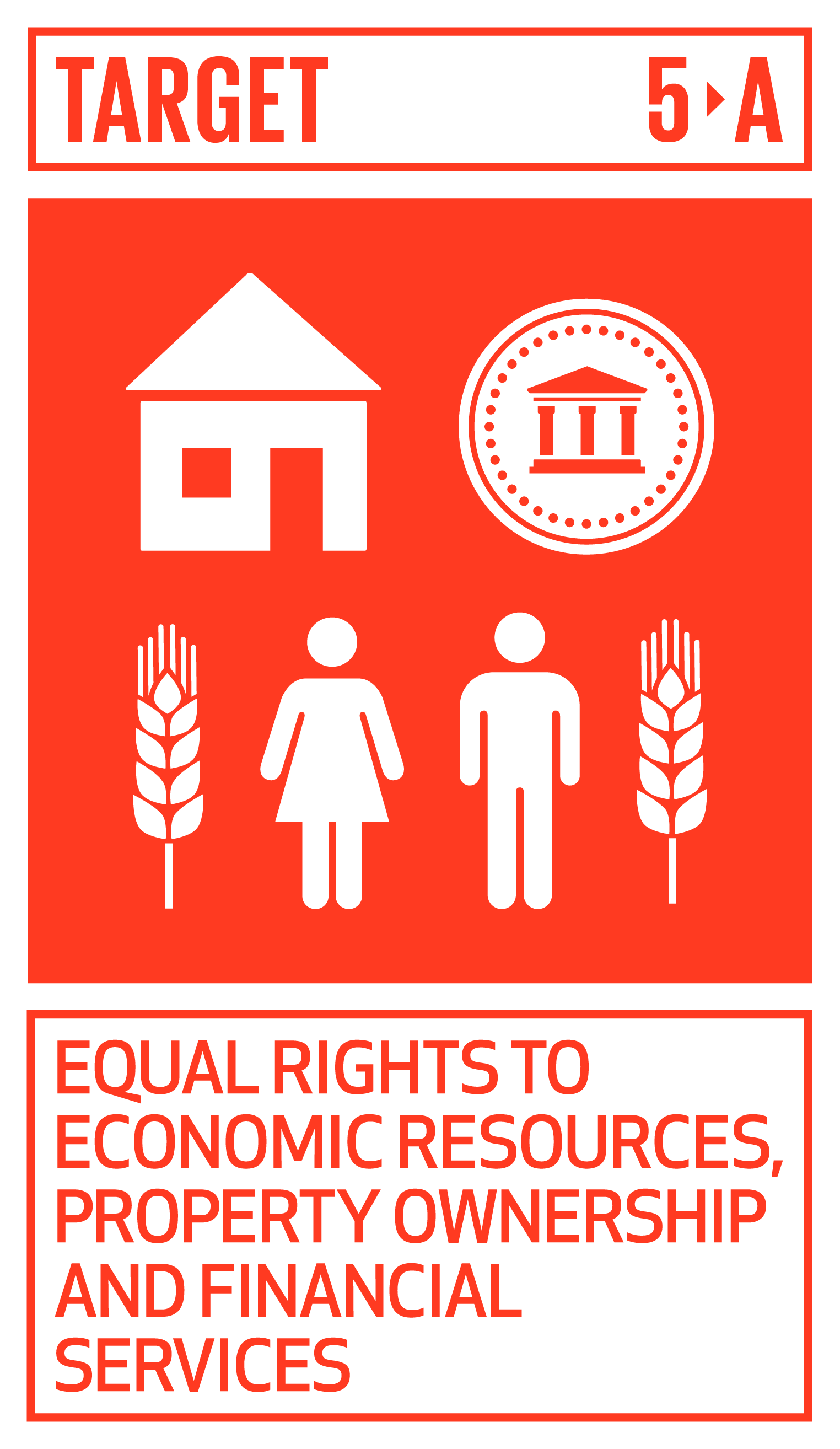 Equal rights to economic resources, property ownership and financial services.
Equal rights to economic resources, property ownership and financial services.
Although this target is focused on increasing female agricultural land ownership, companies can make also help women to build wealth and economic stability through their supply chains as well.
What you can do “in the supply chain” to provide equal rights to economic resources, property ownership and financial services:
- Work with suppliers to connect women to resources
With your suppliers, support connecting women to financial services through savings groups, mobile money, and financial services that take women’s needs into account. CARE has set up Village Savings and Loans Associations across the world to help women build with financial resources to launch and support their businesses. - Advocate
Ask your company’s advocacy team to work with suppliers’ advocacy teams to push for legislative and legal changes to allow for female-land ownership when it is prohibited and to ensure equitable access to capital and resources for female agricultural business owners.
Case Studies
 Mars
Mars
Mars recognized that for many agricultural raw materials, the least resilient link in the supply chain is the first one—where raw materials are grown and harvested. During COVID-19, pre-existing vulnerabilities in sourcing communities were compounded by disruptions including restrictions on movement and trade, changes in demand, currency devaluation, losses of work opportunities, and school closures. Moreover, women around the world face structural barriers that prevent them from thriving, especially in agriculture where raw materials are grown and harvested.. Even after decades of progress, women make up two thirds of the world’s 775 million illiterate adults, carry out twice the unpaid care work, own only 20% of the world’s land and earn 24% less than men.
Recognizing these challenges and inequities, Mars committed to scale up its partnership with CARE with an investment of 10 million USD, aiming to reach more than 60,000 members in cocoa communities in Côte d’Ivoire and Ghana by 2025. Mars’ commitment expanded Village Savings and Loans Associations (VSLAs) that help women to save and invest in West African cocoa farming communities. Through VSLAs, women have access to financial inclusion and connection to formal finance, as well as business skills and entrepreneurship training. By the end of 2020, Mars had reached more than 24,000 VSLA members, who have saved 2.9 million USD to date.
In response to the COVID-19 pandemic, Mars also made an initial $5 million contribution to CARE focused on COVID-19 response and recovery across high-risk priority supply chains focusing efforts on women and girls. To date, these efforts have reached 451,472 community members with direct COVID-19 awareness messaging; provided cash support to 1,273; food support to 5,706; gender- based violence training to over 427,589 men and women; distributed over 13,000 washing stations across various communities; and supported nearly 150,000 people with hygiene kits and PPE.
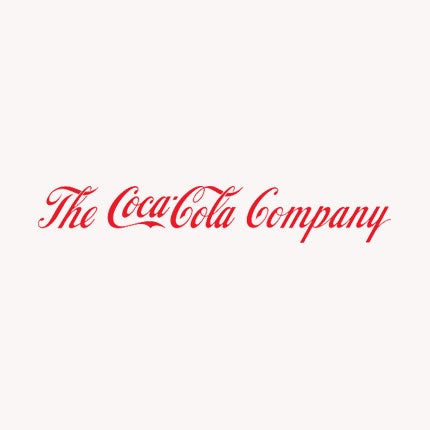 The Coca-Cola Company
The Coca-Cola Company
Global Supplier Diversity and Inclusion
The Coca-Cola Company (TCCC) is acutely aware that its global success is made possible, in no small part, by diverse suppliers – including women-owned businesses. A diverse supplier base helps develop stronger local communities and creates long-term growth and a competitive advantage for the Coca-Cola system. Accordingly, TCCC set a goal to increase diverse supplier 1st-tier spend to $1 billion by 2021.
TCCC’s approach begins with fully understanding the business needs and identifying the diverse supplier capabilities and capacities that matches those needs and fully engaging them in potential opportunities. Through the diverse supplier engagement process, the company gains a working knowledge of the supplier’s business which helps the Company “tell the story” initially to the Coca-Cola procurement team in question. In many cases, Coca-Cola hosts multiple capability sessions (phone calls, in-person presentations, site visits, etc.) with potential diverse suppliers to confirm and prepare them for the next level of engagement with key business decision makers within the Company.
Through our Supplier Training & Empowerment Program (STEP), the Company helps the Coca-Cola system’s women-owned suppliers stay competitive and grow their businesses. Since the program launched in 2014, STEP has trained more than 41,846 women business owners as of the end of 2020.
TCCC also offers Supply Chain Financing to diverse suppliers to help them manage their cash flow. The Finance program benefits include:
- Early payment
- Reduced Days Sales Outstanding (DSO)
- An infusion of working capital and access to an alternate source of financing (liquidity).
Suppliers who have enrolled find the program financially advantageous, especially where payment is received early so that they have working capital to pay their suppliers and (or) buy raw materials. In 2020, TCCC made a commitment to increase spend with Black-owned enterprises across its supply chain by at least $500 million over the next five years. The pledge – which is more than double the company’s current spend with Black-owned businesses – will provide Black entrepreneurs and innovators with opportunities for growth and economic empowerment. This commitment is in addition to our previously stated diverse supplier spending goal of $1 billion by the end of 2021.
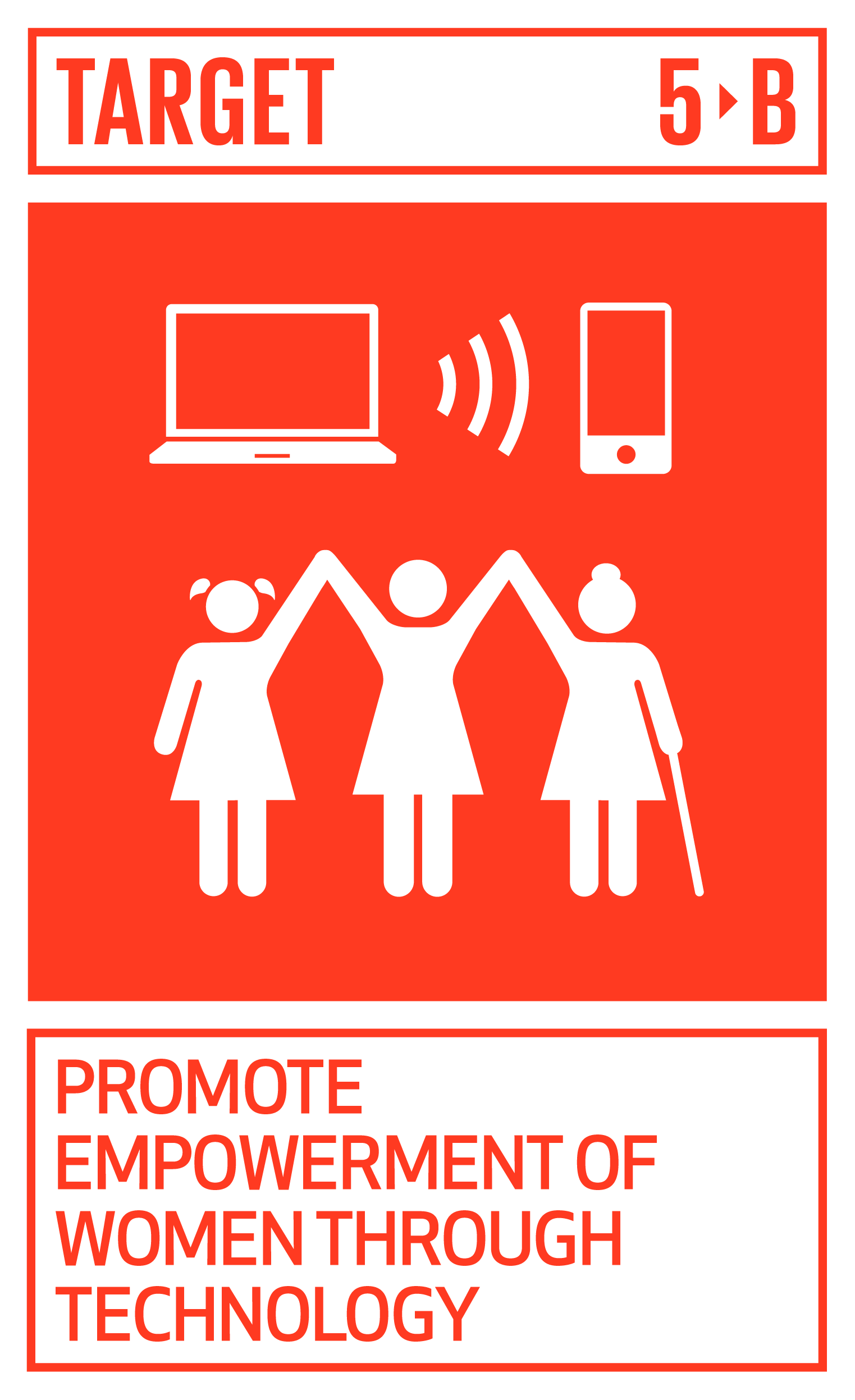 Promote empowerment of women through technology.
Promote empowerment of women through technology.
Technology can lower barriers for financial access, communication, and female empowerment. Companies have the opportunity to leverage technology to use technology to achieve gender equality in significant ways.
What you can do “in the supply chain” to promote empowerment of women through technology:
- Provide access
For workers of all types, your company can provide access to information and technology and use technology to increase women’s participation in programs. Work with your suppliers to improve their technology access to women as well. - Provide privacy
Ask if, and request that, your suppliers allow workers to submit surveys, complaints, and concerns through technology so that they can speak freely. - Insist on digital wages
Require suppliers to pay their workers with digital wages. This can save time for women and ensure they can directly access and control their wages by helping them to send, save and make payments securely through their mobile phone.
Case Studies
 Gap Inc.
Gap Inc.
Addressing the systemic challenges of the apparel industry requires collaboration. Gap Inc. embraced this approach by working closely with its suppliers to build their capabilities, by joining industry-wide efforts to share best practices and improve efficiency and by partnering with local and international NGOs on innovative programs that benefit workers. In an effort to improve the livelihoods of garment workers and help improve supply chain transparency and efficiency, in early 2018, Gap Inc. announced a goal for all of its tier 1 suppliers to make the transition from a cash-based system to digital payments by 2020. As of the end of 2020, 96% of the company’s suppliers were using digital wage payments, and Gap Inc. had rolled out programs in 23 countries.
To support its commitment, Gap Inc. joined the UN’s Better Than Cash Alliance (BTCA), which works with the private sector, governments and international organizations to accelerate the transition to digital payments, which can help reduce poverty, build financial inclusion and support inclusive growth. It also advances supply-chain efficiency and transparency.
In addition to promotion of digital wage payments, Gap Inc. has also leveraged technology to enable workers to amplify their voices through the Workforce Engagement Program (WEP), which seeks to increase worker engagement and empower facilities to make worker-centric improvements. In India, where 100% of the facilities with which the company works now provide digital wage payments, time spent on payroll is down by 10% for finance teams and 25% for HR teams. Digital wage systems have also supported more transparency in worker payments, including overtime, which has helped ensure workers get paid what they earned. As a result, worker attrition and turnover has dropped by 15% to 20%.
 Cargill
Cargill
IDH, Cargill, Advans and CARE are working with cocoa producing communities on innovative solutions such as mobile money accounts or digital loans, as well as connecting the VSLAs to more formalized financial lending systems and institutions. CARE has been facilitating access to financial services for 27 VSLA groups to increase working capital, stimulate the promotion of a savings culture, and improve the quality of financial services. Between 2019-2020, these VLSAs were linked to a microfinance institution called Advans. Advans has signed a partnership with a mobile phone company to facilitate secured monetary transactions for VSLAs. To date, these VSLAs have $2,247 in invested savings with Advans. VSLA members are looking to use their savings to invest in business expansion activities, including processing, trading, transportation of agricultural products and animal husbandry. In the coming months, Cargill and CARE will focus on linking 40 more VSLAs with microfinance institutions to further secure their savings and increase the amount of loans they can access to expand their income generating activities.
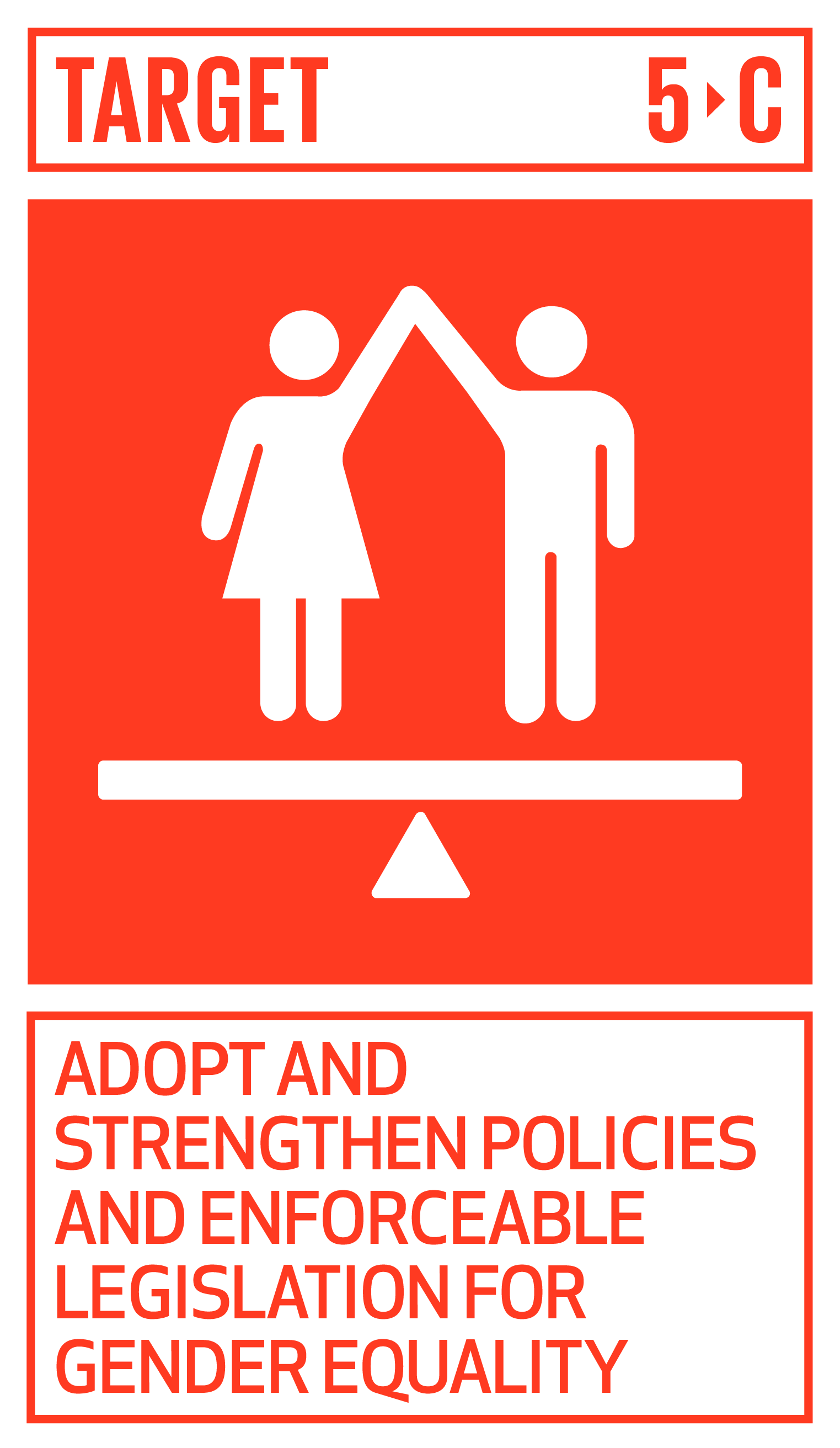 Adopt and strengthen policies and enforceable legislation for gender equality.
Adopt and strengthen policies and enforceable legislation for gender equality.
Every company, and its many suppliers, can play a role in advocating for legislative action and legal change in the countries where they operate. Indeed, the influence and voice of the private sector often shapes political action.
What you can do “in the supply chain” to adopt and strengthen policies and enforceable legislation for gender equality:
- Work with your corporate advocacy team to identify legal changes that will strengthen women’s rights and protect women workers. Consider partnering with your suppliers and civil society organizations
- Lobby for better national laws
Work with your suppliers, national governments, and NGOs like CARE, to influence the laws and regulations affecting women’s day-to-day lives.- For example, in Myanmar CARE brought together a group of organizations to influence how women’s needs are represented in the Occupational Health & Safety Law. In Vietnam, revisions to the Labor Code offered an opportunity to highlight the importance of addressing sexual harassment at work. This national-level engagement also contributed to global change with the adoption of the ILO’s Violence and Harassment Convention in June 2019, a big win for workers in the garment industry and around the globe.
Case Studies
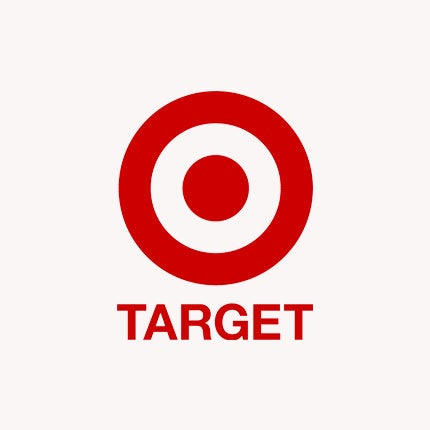 Target
Target
Through funding for a multi-country project focused on worker well-being in the garment supply chain, Target has been strong support of a number of advocacy efforts in Asia aligned with CARE’s global campaign to support the ratification of ILO Convention 190 on Violence and Harassment in the World of Work. In Vietnam, CARE worked to ensure issues of gender equality in the workplace were considered in the national Labor Code. As a result of these efforts, specific provisions focused on preventing sexual harassment in the workplace – including a standard definition; requirements for workplace regulations to protect employees; and responsibilities of employers, employees and other stakeholders – have been included in the revised Labor Code for the first time when approved by the National Assembly in November 2019. When the Labor Code and associated Guiding Decree are implemented in 2021, it is estimated that approximately 1.2 million Vietnamese garment workers will benefit from the new provisions, along with millions more in other sectors.
 Gap Inc.
Gap Inc.
Collaboration is key to driving transformational, systemic change on issues bigger than any one of us can tackle individually. That’s why Gap Inc. partnered with BSR’s HERproject, ILO Better Work, and CARE to launch Empower@Work, a collaborative effort dedicated to empowering women and advancing gender equity in global supply chains through the sharing of knowledge, skills and networks. By harnessing the power of collective reach and pooling knowledge and resources, the company aims to support economic independence and a better future for the more than 80 million women working in the apparel industry worldwide.
The approach is built on two pillars:
- Act to encourage and share best practices in worker training; and
- Advocate by amplifying collective voice for policy-level change.
Empower@Work released an open-source worker training toolkit for women’s empowerment that includes Gap Inc.’s P.A.C.E. women’s curriculum, as well as expertise and training from the other partners. One of the core pillars of Empower@Work focuses on influencing and policy advocacy, engaging key stakeholders across the apparel industry including governments, worker organizations, brands, and others. While the development of the Empower@Work operating model is still in progress, Gap Inc. intends to leverage this platform to bring these stakeholders together to, for example, prioritize women in COVID-19 response and recovery efforts. A fundamental guidepost for this work is ILO Convention C-190.

